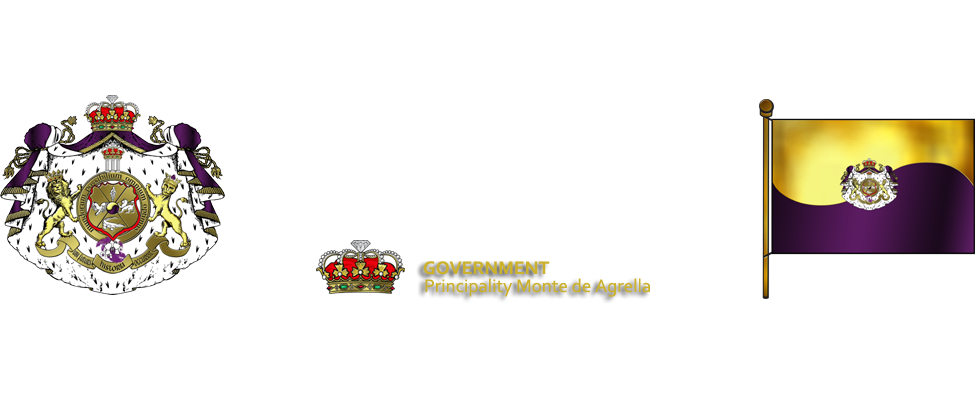Statistics and Geospatial
iNET-STATS, the Principality’s Statistics and Geospatial Department, is the government agency that collects, reports, and disseminates our statistical geospatial data as of 2014. Although this data is complete, it is far from exhaustive. With the new PMDA NExT Mega-Trend Construct Signature Project advanced to commence imminently, including simultaneously the installing of our e-Government’s vertically operational and integrated services reaching across all sectors of our Principality, it has been decided to only disseminate and share our data once the Principality’s sustainable, geothermal, and other fundamental technologies, clean-blue-green new-build infrastructure and smart-city is complete and the fully operational, reporting and disseminating ‘national statistical geospatial e-Gov system’ is in place.
For iNET-STATS Statistics and Geospatial info or queries: statistics.gov@pmda.org
Statistics
Statistics is a mathematical body of science that pertains to, and the discipline that concerns itself with, the measuring, collection, organization, analysis, interpretation, and presentation of data (values of qualitative or quantitative variables). Statistics deals with every aspect of data, including the planning of data collection in terms of the design of surveys and experiments.
In applying statistics to a scientific, industrial, ecommerce, financial or social problem, it is conventional to begin with a statistical population or a statistical model to be studied.
Statistics may too be considered a distinct mathematical science rather than a branch of mathematics. Mathematical statistics is the application of mathematics to statistics. While many scientific investigations make use of data, statistics is concerned with the use of data in the context of uncertainty and decision making in the face of uncertainty. Today, statistical methods are applied in all fields that involve decision making, for making accurate inferences from a collated body of data and for making decisions in the face of uncertainty based on statistical methodology. The use of modern computers has expedited large-scale statistical computations and has also made possible new methods that are impractical to perform manually. Statistics continues to be an area of active research for example on the problem of how to analyze big data.
GIS
A geographic information system (GIS) is a system that creates, manages, analyzes, and maps all types of data. GIS connects data to a map, integrating location data (where things are) with all types of descriptive information (what things are like there). This provides a foundation for mapping and analysis that is used in science and almost every industry. GIS helps users understand patterns, relationships, and geographic context. The benefits include improved communication and efficiency as well as better management and decision making – being addressed for integration and publication.
Geographic data and information
Geographic data and information is defined in the ISO/TC 211 series of standards as data (in the field of digital geographic information) and information concerning objects or phenomena that are directly or indirectly or having an implicit or explicit association with a location relative to Earth. These standards may specify, for geographic information, methods, tools, and services for data management (including definition and description), acquiring, processing, analyzing, accessing, presenting, and transferring such data in digital/electronic form between different users, systems, and locations. The work shall link to appropriate standards for information technology and data where possible and provide a framework for the development of sector-specific applications using geographic data.
It is also called geospatial data and information, georeferenced data, and information, as well as geodata and geoinformation.
Geographical data, geospatial, or spatiotemporal databases deal with geography. Most of the queries deal with quantities, densities, and contents within a geographical area. While we learned longitude and latitude in school, there are other methods for locating positions on Earth. HTM, is much more accurate and better suited for satellites. GISs also have to integrate traditional static data into GIS indexes, such as the names of businesses with their locations. But it also must include dynamic and temporal information. Queries that deal with flow and time, such as traffic patterns, are difficult.
Geospatial
Geospatial data is data about objects, events, or phenomena that have a location on the surface of the earth. The location may be static in the short-term, or dynamic. Geospatial data combines location information (usually coordinates on the earth), attribute information (the characteristics of the object, event, or phenomena concerned), and often also temporal information (the time or life span at which the location and attributes exist).
Much geospatial data is of general interest to a wide range of users. For example, roads, localities, water bodies, and public amenities are useful as reference information for several purposes. The development and use of open standards within the geospatial community have been heavily supported because of the wide range of uses to which geospatial data can be applied, and because of the large numbers of agencies both globally and locally that are involved in collecting such data, as well as the ways in which geospatial reasoning has been applied to open data. We define geospatial reasoning as both reasoning about the location of objects on the earth and reasoning about geospatial data.
